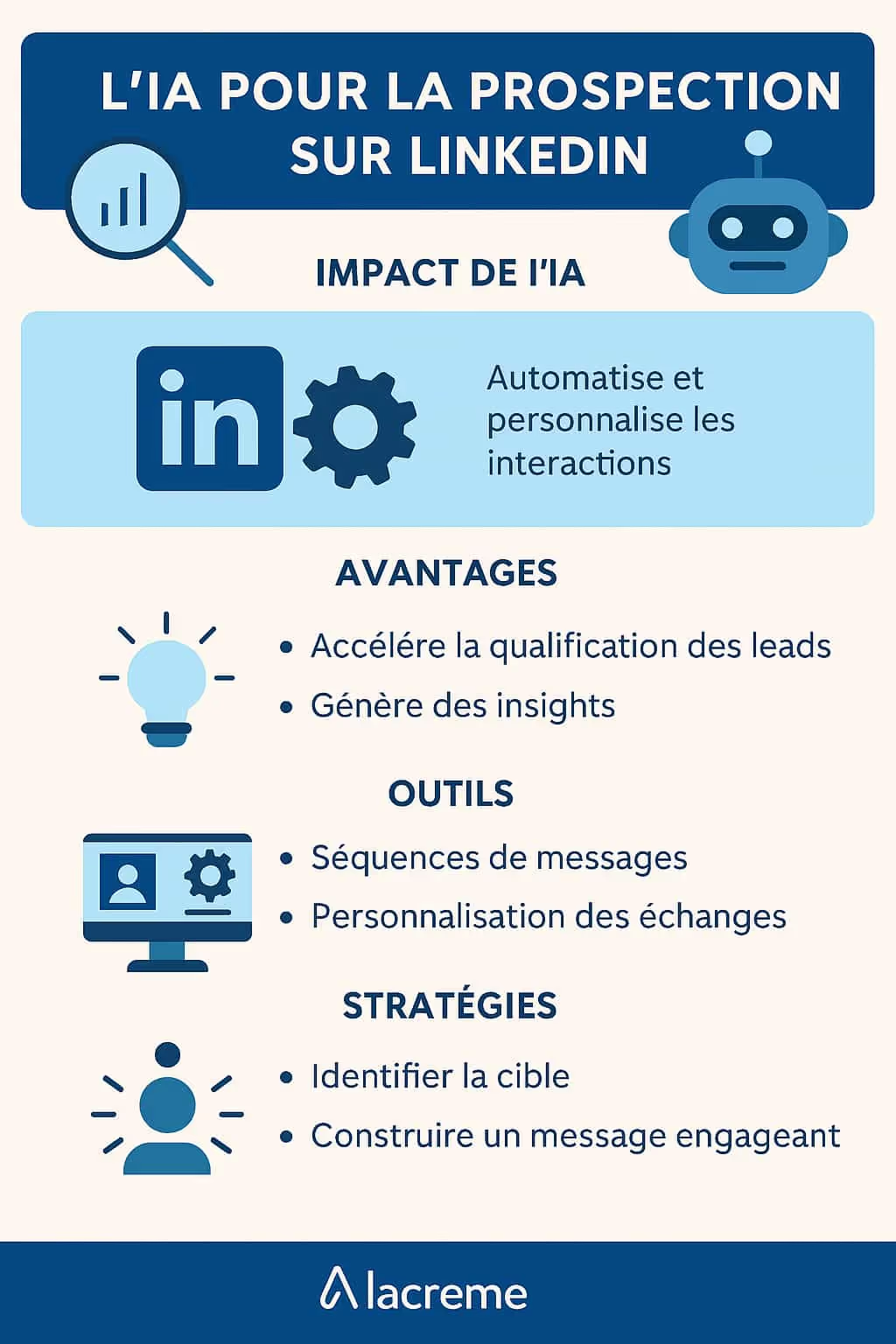The advent of artificial intelligence (AI) represents a major advance in many fields, in particular that of public safety. Indeed, AI is presented as a potential tool to strengthen the capacities of law enforcement and emergency services, while raising questions concerningethics and legislation. Addressing the place of AI in public safety requires understanding its practical applications, the technical and legal challenges it poses, and the opportunities it opens up for the future.
The artificial intelligence revolution in public safety management
Understand the principles of AI applied to security
At the heart of AI in public safety is the exploitation of big data, machine learning, and sometimes natural language processing or computer vision. These technologies make it possible to analyze trends, recognize complex patterns, and predict events with unprecedented accuracy. AI algorithms are trained from vast data sets to identify suspicious behavior, react in real time to emergency situations, or to optimize patrols and emergency services resources.
Concrete examples: AI in action in public safety
Several municipalities and governments around the world have already started integrating AI into their public safety systems. For example, some cities use intelligent video surveillance systems that can automatically detect incidents or abnormal behavior in public spaces, triggering preventive alerts. Other applications include deploying drones equipped with smart cameras to monitor hard-to-reach areas or during natural disasters to assess damage and coordinate relief.
Flagship AI technologies for proactive security
Smart video analytics and facial recognition
Advanced video analytics technologies are a major asset for real-time surveillance. La facial recognition, for example, makes it possible to quickly identify individuals wanted in crowds or to find missing persons. However, this raises questions about the infringement of privacy and the management of false positives, which must be carefully monitored to avoid abuse.
Predictive systems for incident prevention
Les predictive systems represent another feat of AI. By analyzing historical data, they are able to predict areas at risk for different types of crimes or accidents, allowing authorities to deploy resources preventively. A more judicious allocation of staff and resources can thus be achieved, making public security more efficient.
The ethical and legislative challenges of AI in public safety
Respect for privacy: an imperative to preserve
The question of privacy is central when it comes to public safety and AI. Citizens are justifiably worried about the use that could be made of their personal data. Strong guarantees must be put in place to ensure that this data is not used for discriminatory purposes or for abusive surveillance, in accordance with personal data protection regulations such as the GDPR in Europe.
Legal framework: where is the border of data use?
Any deployment of AI solutions in public safety requires legal clarification about data collection, analysis, and sharing. Governments need to establish clear legislative frameworks to regulate these practices, address human rights concerns, and ensure the responsible use of AI.
Infrastructure and integration: technical challenges of AI in public safety
The challenges of integrating existing systems with AI solutions
Implementing AI in public safety can be complex, especially because of the need to integrate new technologies with existing infrastructures. This integration requires compatible interfaces and communication protocols, as well as a adequate training staff to effectively use these tools.
Ensure maintenance and constant technological evolution
As technology evolves at an exponential rate, AI systems need to be updated regularly to remain effective and secure. This involves continuous investments and constant vigilance to prevent potential cyber attacks and ensure the reliability of the systems.
Benefits and future perspectives of AI in public safety
Improving operational efficiency and reducing costs
AI can significantly improve operational efficiency by automating repetitive tasks and by providing accurate analyses that allow for better allocation of resources. Ultimately, this can lead to a reduction in costs for public safety services, while improving their responsiveness and offering better citizen protection.
Towards a more dynamic and proactive public safety
Ultimately, the integration of AI paves the way for transformed public safety, where risk prevention and risk prevention become the norm. Thanks to continuous advances in the field of AI, it is possible to envision a future where security services will be both more efficient and more respectful of individual freedoms, conditioned by effective regulation and social acceptance of these technologies.






